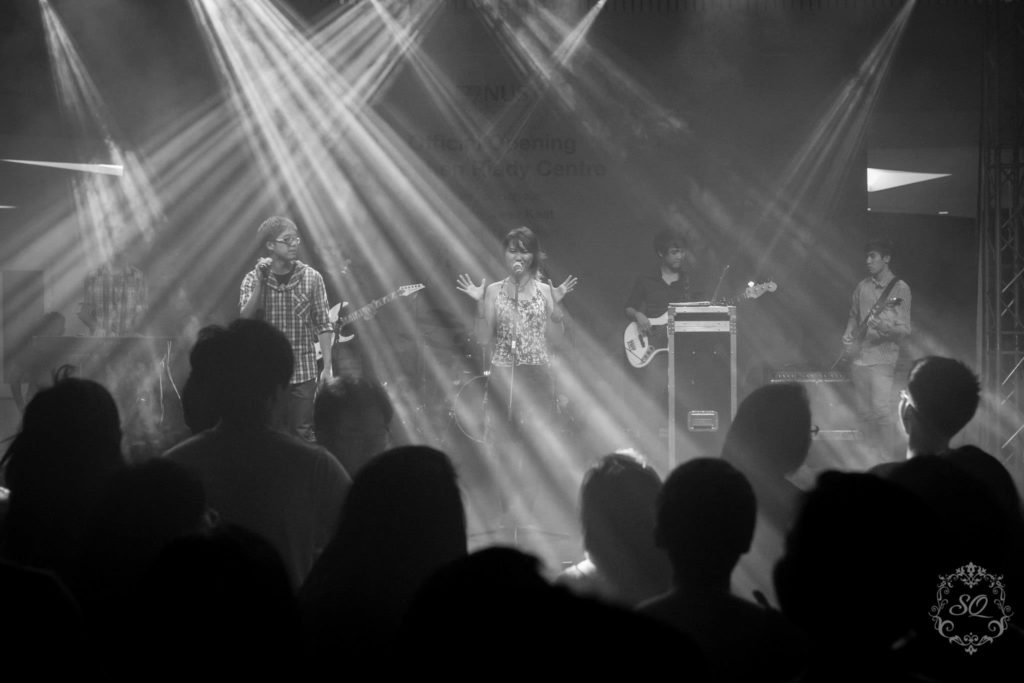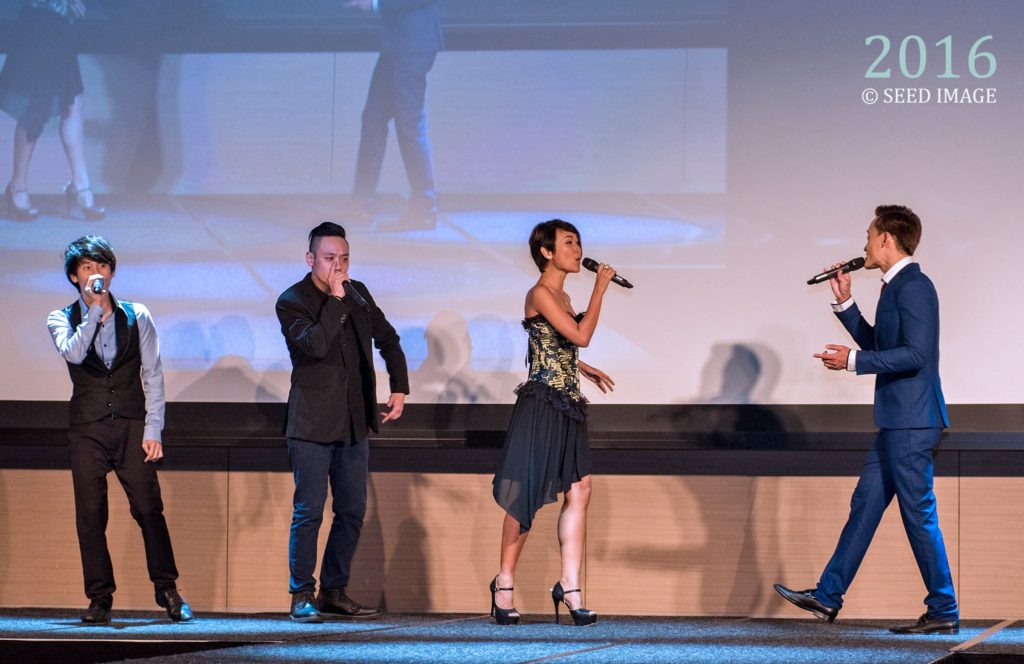Creating a Portfolio in the Performing Arts
My professor once expressed to me the importance of having a ‘body of work’ to show what you are capable of. He was talking about academics. But it is equally important particularly in the creative arts (notably the performing arts), a field where many do freelance work or may have short-term contracts, to have a portfolio of past work to show for yourself.
Having a portfolio means creating products. It’s great to tell people “yes I can sing”, but a comment is not a product that people can watch, listen to, or form their own opinions about. The thing about being a singer, or dancer, or actress even, is that your portfolio necessarily has to be in video form. So just practically speaking, it’s a lot more expensive, resource-intensive and time-consuming for creatives in these fields – the performing arts – to build their portfolios than say, an artist who can create products all by themselves: painters, digital artists, sculptors, craftspeople, basically people whose art is essentially creating a product which can be seen or touched.
But let that not discourage you as a performance artist! Here are several ways you can build your portfolio:
- Record your Recitals / Public Performances on Video
If you are in school, this is perfect for you, and easily the most efficient way to build your portfolio. School performances? Go for them! They’re the perfect opportunity for you to test your work (be it a new song, a dance performance etc) in front of a (usually supportive) audience, and the best part is you can also film it down and use that video for your portfolio. Talk about killing two birds with one stone.Just how should you be getting these videos? If the event has an official videographer, perfect – try getting the footage from them. If not, see if you can find a friend to hold a camera for you… or simply place a videocamera on a tripod somewhere where you can get a good view of yourself. There’s always a way!
When I was in school, I fronted bands and also sang in a cappella groups for several concerts. I have some great photos and videos from those days, and they would have made for a great portfolio if I were to continue in bands or a cappella groups. But now I’m going in a different direction as a solo artist, and will have to create a whole new portfolio for that. That’s okay though – I’m very happy for my previous experiences, and I’ll just keep those past materials because who knows when they may come in handy 🙂
- Record your Rehearsals on Video
It’s not always necessary to only video your finished work – you can also video your works in progress. If your theatre group had a good rehearsal and you managed to get it on video, that’s awesome – put it online! It could even drum up interest for people to come and watch the actual performance. There’s more of the killing two birds with one stone outcomes 😉(Of course, you would have to ask permission from your director and it should not conflict with the interests of your theatre group. So be sure to get clearance before you put up material which does not only involve yourself!)
- Record yourself after Masterclasses or Workshops
It’s amazing to have an opportunity to learn from someone who’s well-established in the scene you want to be in. If you learnt a dance choreography, or some singing techniques, or an acting sequence, be sure to get it on video if you can. Failing that, just get a photo with the instructor, so you can at least remember and be able to talk about that time when you had a masterclass with so-and-so. It’s not bragging if it’s for your professional portfolio.
Beatboxing workshop with Felix Zenger. Because singing and vocal percussion go hand in hand in a cappella music.
- Make your own Videos at Home
Singers can do this more easily because dancers need more space (unless you have tons of space and then there’s no problem, or you can find another more suitable venue). Been practicing something at home and you want to show the world? Just put a camera on a tripod and film yourself performing it. Don’t feel shy about performing to just a camera, nobody’s around and nobody will judge you for it, they’re just going to see the video afterwards and be totally focused on the performance itself.Just one thing about taking videos at home, though: you might want to try and not make it look too much like a home video, if you can. Make sure the space you’re in is not cluttered, try for good acoustics, and make sure your video is clear or you’re using a good camera. Some video editing would help too especially if you’re not moving around much.
- Collaborate with Filmmakers
Just because you’re in the performing arts doesn’t mean you can’t or shouldn’t work with people in other fields. In fact, in today’s video-focused era, all the more you should collaborate across fields of work, such as visual media.If you want to up your portfolio game, here’s a way: work with a professional. Your product is a video, so you should try to collaborate with someone who’s a videographer or filmmaker. Of course, professionals may charge for their work, so if you don’t have the budget, try finding filmmakers who are starting out and who may not charge so much, or who may be willing to do your video for free if they like the concept.
I was super duper lucky to be able to collaborate with a filmmaker on one of my YouTube videos, a cover of Dangerous Woman. His name is Daniel Alejandro Gonzalez and he was in Singapore for a period of time, during which we managed to squeeze in this video collab.
- (For singers and musicians) Record yourself Better
Typically audiences respond better to visuals than sound, but if music is your thing, you want to make sure they pay attention to your audio. For that, you should definitely record your best performances… but you could also take it a step higher and have your stuff properly recorded, with a good microphone or recording setup, good EQ balance etc. There’s no better way to get people to hear the nuances of your music than to have it properly recorded and even produced.
You can choose a combination of the above methods, or all of them, and use them in different situations. It also helps to be mindful of which particular field of the performing arts you are doing, and make sure the method you choose showcases that well.
Whichever method you choose, be sure to always put out your best work. Remember, the end goal is to have something you can be proud of, that you would be happy to show people. If you’re not sure what your best work is, get feedback from your peers, but you ultimately decide for yourself what your best work would be. Once you know for yourself what your best work is, you will not be affected by unfounded criticism from people who are not constructive or simply do not like your style. Just do what you love and show what you are proud of, and others will learn to recognize you for who you are. All the best!



